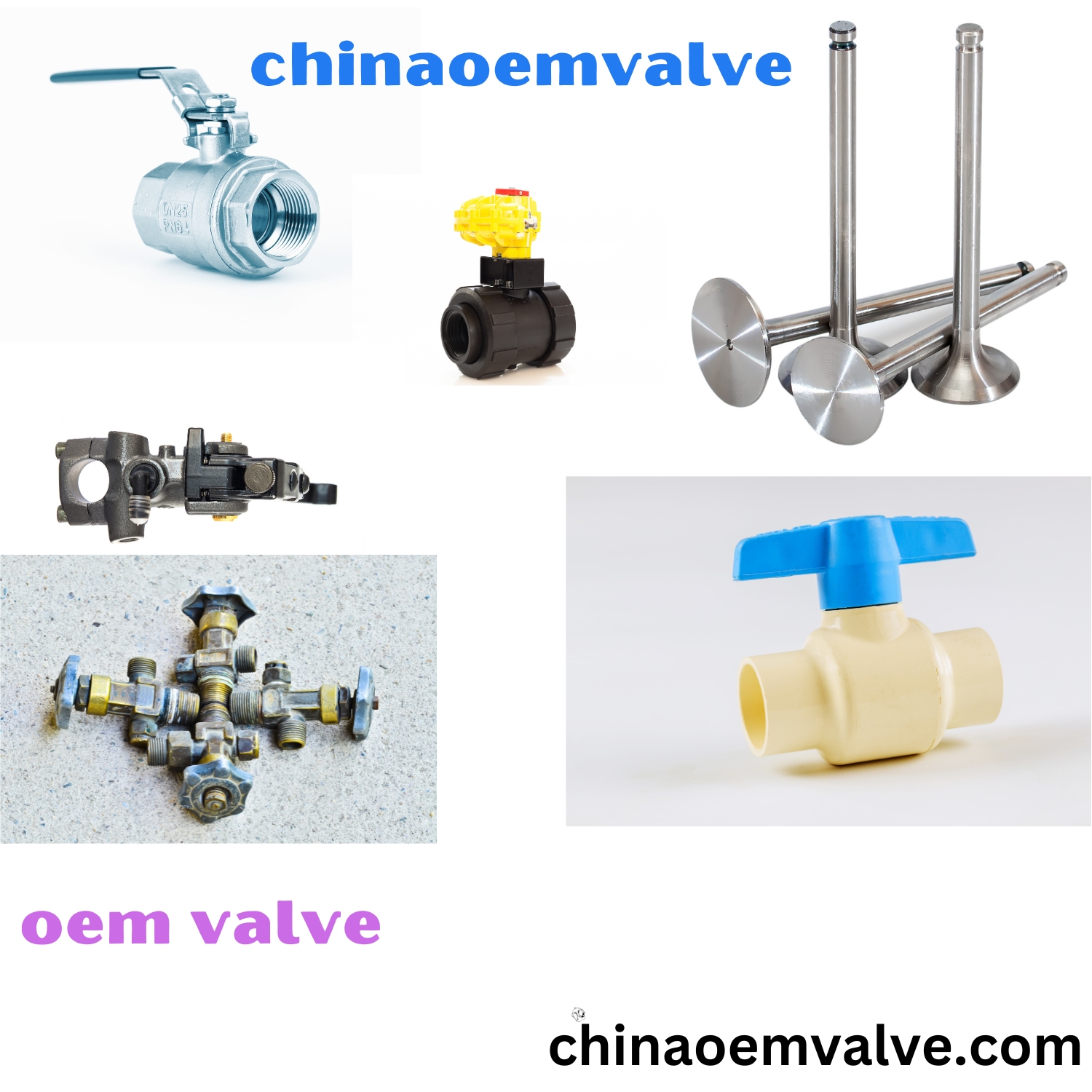Selecting the right OEM (Original Equipment Manufacturer) valve for industrial applications is a critical decision that can significantly impact the overall performance and reliability of your system. OEM valves play a crucial role in regulating fluid flow, and making an informed choice can save you time and money while ensuring the safety and efficiency of your operations.
One of the first considerations when choosing an OEM valve is the type of fluid or gas it will handle. Different fluids have varying viscosities, corrosive properties, and temperature requirements, all of which must be taken into account. A valve designed for one application may not be suitable for another, so understanding your specific fluid requirements is essential.
Another important factor is the operating conditions. Will the valve be exposed to extreme temperatures, high pressures, or corrosive environments? Ensuring that the valve can withstand these conditions is crucial for long-term reliability. Look for OEMs that offer valves made from materials such as stainless steel or exotic alloys, which are known for their durability and resistance to corrosion.
Flow rate and pressure drop are also critical considerations. The valve you choose should be able to handle the required flow rate without causing excessive pressure drop, which can affect the efficiency of your system. Accurate sizing and proper valve selection are vital to achieving optimal performance.
Moreover, consider the valve’s control mechanism. Does your application require manual, electric, pneumatic, or hydraulic control? Selecting the right actuation method is crucial for ensuring the valve operates as intended and integrates seamlessly with your system.
Finally, don’t overlook the importance of maintenance and serviceability. OEM valves that are easy to access, inspect, and maintain can save you time and money in the long run. Look for manufacturers that provide clear documentation and support for maintenance procedures.
In conclusion, selecting the right OEM valve involves a thorough assessment of your specific application, fluid characteristics, operating conditions, and control requirements. A well-informed choice can lead to improved system performance, increased reliability, and reduced downtime, ultimately benefiting your bottom line. For more information visit
chinaoemvalve.





